Category Archives: Knowledge
08 Feb Seeing Within: Proprioception for Robots
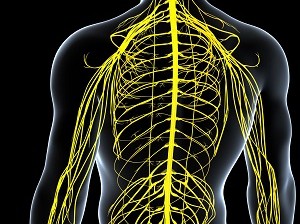
I saw a couple movies awhile back, “The Terminator” and “Terminator 2” in which artificial intelligence in computers became hazardous to the survival of humanity. One of the premises, as I recall, was that the critical event that lead to the disastrous attempt of man-made machines to destroy humanity, was when they became “self-aware”. This […]
07 Feb Mindfulness

Imagine being able to flip a switch and get quantitative and qualitative improvements to your intelligence. Mindfulness, in the form of directing your attention or focus can induce changes in the structure and function of the brain. When I was in school, I learned that taking notes helped me not only focus better on what I […]
18 Jan Multi-Layered Perceptron

Multi-Layered Perceptron In prior posts we introduced the concept of the artificial neural network and the perceptron model as a simple implementation of a neural network. We showed the structure, including an input layer and an output layer. Let’s look at one of the typical approaches for processing input to derive the output. The net output of […]
17 Jan Perceptrons and Weighted Schemes
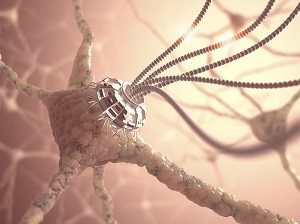
Perceptrons In the late 1600’s, John Locke expounded an associationist theory in which neurons or “bundles” of neurons came to represent certain ideas and associations between ideas. Rosenblatt‘s work seems a logical extension of associationist theory. Perceptrons can perform linear discrimination, thus enabling them to model the cognitive function of recognition (or, in computational terms, pattern classification). […]
16 Jan Roots of Neural Nets
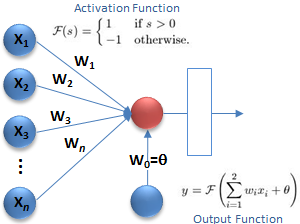
Roots of Neural Nets The concept of the modern Artificial Neural Systems (ANS) has its roots in the work of psychologists and philosophers as well as computer scientists. As mentioned in prior posts, Aristotelian theories on cognition and logic influenced the development of automata theory and associationism, spawning connectionism or parallel distributed processing (PDP) theory. Connectionism is the […]
14 Jan Visual Input Processing
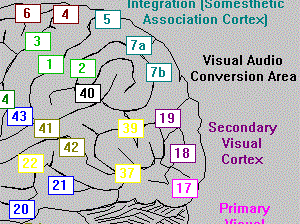
The visual cortex in the human brain is arguably the pattern after which most artificial neural networks were modeled: the flow of signals is directional through layers 1, 2 then 3; and large numbers of the cells are touched by the flow of action potentials through the system. The variations in the cells, however, contrasts with the artificial […]
09 Jan What of Perception
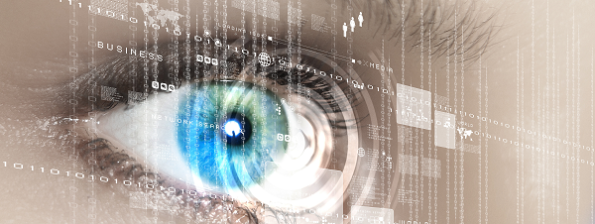
Questions Cognitive Modelers Might Ask The biological and chemical processes associated with brain activity are the foundation on which our exploration of the cognitive mind is built. Yet the physiological underpinnings are not sufficient, in themselves, to lead us to the next cybernetic level. Too many questions are left unanswered. In this section of Understanding […]
31 Oct Modeling Biological Systems

Possible Mechanisms of Learning, Memory and Cognition In the first section of this blog, I talked about the brain, as a whole, to establish a framework for the discussion of natural intelligence. In this section, I have delved into the inner workings of neurons, themselves to ensure we understand how complex they are, and where we […]
25 Aug Learning from Brain Disorders
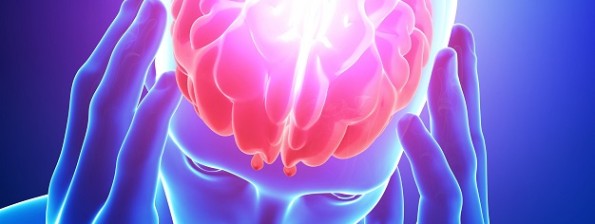
Serotonin Imbalance I am possessed of an orderly disorder. My “Obsessive-Compulsive Disorder” (OCD) compels me to make sure everything is lined up nicely. Do good managers benefit from a little OCD? Today’s post is about what we can learn about the brain from observing what happens when something isn’t exactly right. Collette Bouchez, on WebMD, tells us […]





